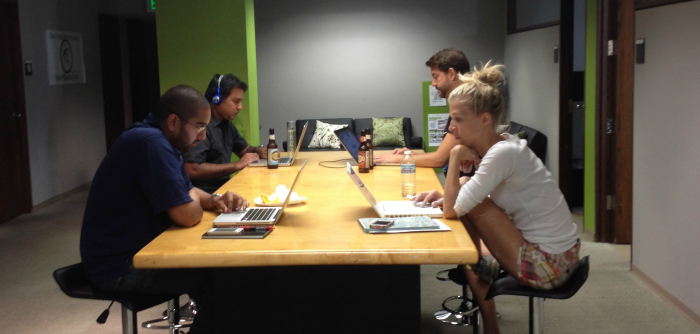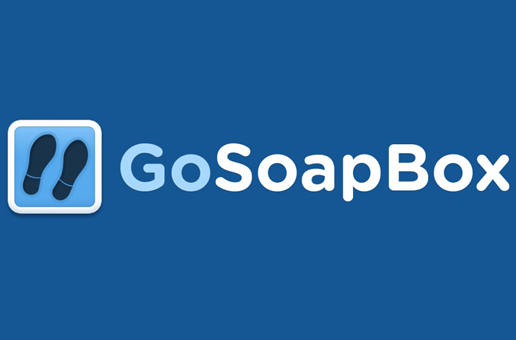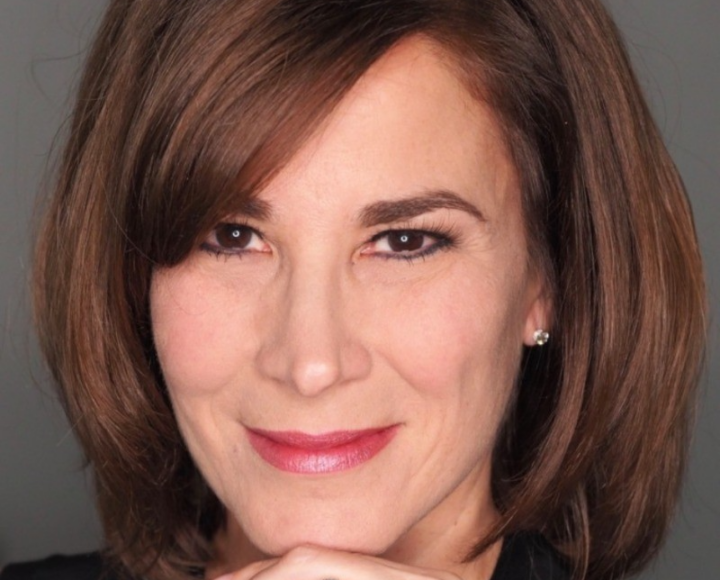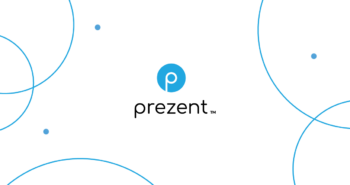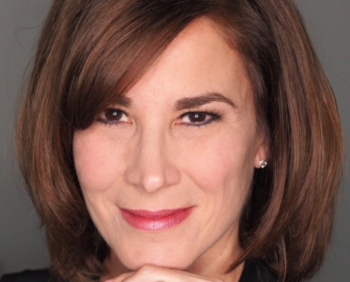Since TEC @ Railroad Exchange Building (T-REx), a shared coworking space for local startups, venture capital groups, and startup accelerators opened last September, entrepreneurial activity has blossomed in St. Louis. Most of that growth can be attributed to the dynamic startup ecosystem that T-REx has grown into, thanks to a civic initiative that began as more of an experiment than a structured plan. Now, the economic activity from within T-REx roars louder than city leaders originally expected, and St. Louis is ready to transition T-REx from an initiative to a formalized organization.
According to Kevin Farrell, Senior Director of Economic and Housing Development at The Partnership for Downtown St. Louis, the idea for T-REx grew out of a more broad request from the Mayor of the city, who wanted to see a strategic plan for the next 10 years of downtown St. Louis. The only strategy that was identified broadly was to make downtown more friendly for small businesses and entrepreneurs. Farrell got to work researching what other cities in the U.S. were doing to make their downtowns welcoming to entrepreneurs, and he noticed the growth in coworking an incubator activity as a strategy that was both effective and fast to implement.
At the same time, developer Rick Yackey was in the process of converting the Railway Exchange Building from a large retail space formerly occupied by Macy’s, into something more useful for downtown St. Louis. A partnership between the Downtown Community Improvement District (CID), the Regional Chamber and Growth Association (RCGA) and St. Louis Development Corporation (SLDC) formed to turn the vacant space into the vision that Farrell had seen work again and again in cities across America – mixed use office space that would house all players in the startup ecosystem under one roof.
Since the original opening of the space last September, Farrell said in an interview that the center has exceeded all expectations that he had for it. “An early key tenant was (startup accelerator) Capital Innovators. When they agreed to locate there, we had an immediate tenant, and that gave us credibility.”
The original space was 12,000 ft and included 8 businesses. Now, the space is 62,000 ft and includes 50 businesses, including three funding organizations: Cultivation Capital, Arch Grants, and Capital Innovators.
So what’s next for T-REx going into its second year? According to Farrell, the next step is to formalize the organization and structure of T-REx by turning it into an entity to raise funds or to hand it off to existing organization. This will allow T-REx to evolve into something beyond what the city has a budget for.
“T-REx started with an idea: wanting to make a difference in the city. But the energy comes from the entrepreneurs,” said Farrell.
Image courtesy of http://www.downtownstl.org/

